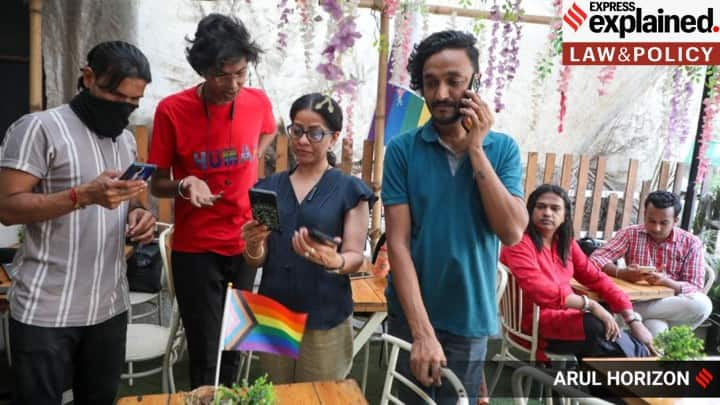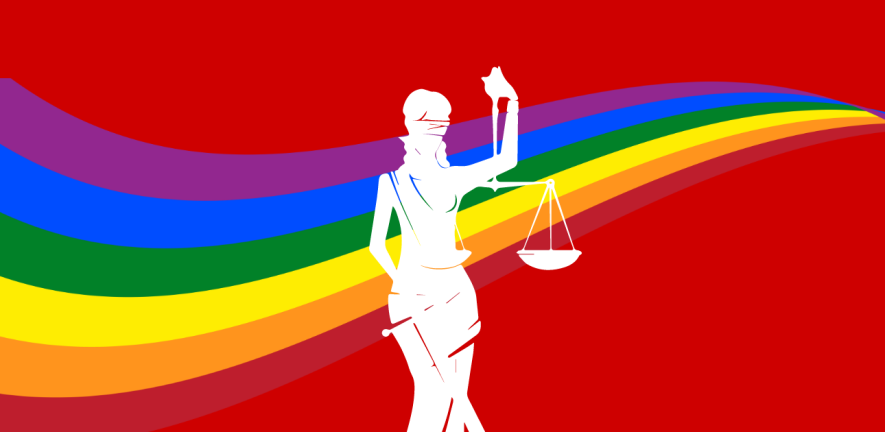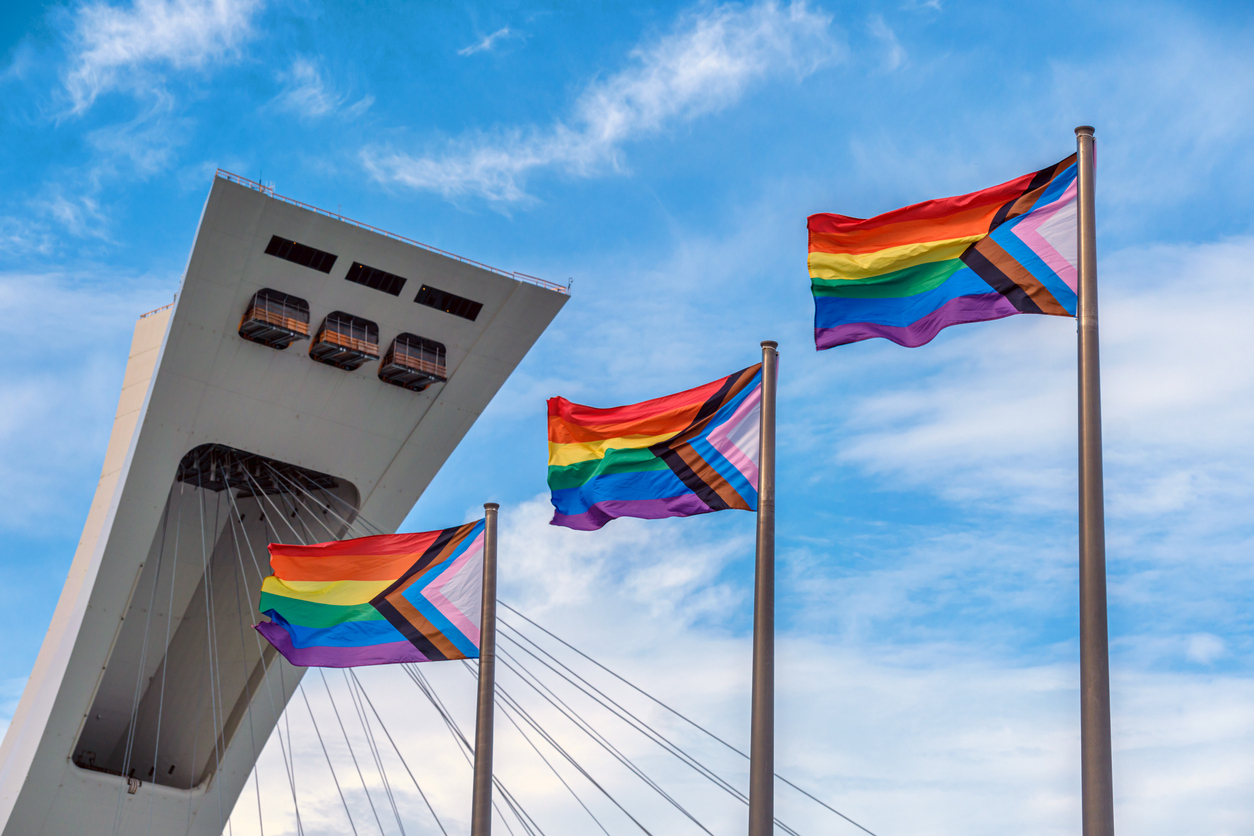
The Supreme Court’s Approach to Marriage Equality: A Cautious and Incremental Path
The Parliament, Judiciary and Executive must collaborate to ensure the fundamental rights of the queer community are acknowledged and respected
Since the Supreme Court nullified part of Section 377 of the Indian Penal Code in Navtej Singh Johar v. Union of India (2018), same-sex intimacy between adults is no longer criminalised in India. As a result, same-sex couples have been advocating for their right to marry and live together. While some couples have faced harassment from their families and sought police protection, others have filed petitions before various high courts seeking the solemnization of their marriages. Two such petitions were filed by same-sex couples, Supriya Chakraborty and Abhay Dang, and Parth Phiroze Mehrotra and Uday Raj Anand, directly before the Supreme Court under Article 32 of the Indian Constitution, seeking a gender-neutral interpretation of the Special Marriage Act, 1954 (SMA) to enable queer individuals to marry.
On March 13th, 2023, the case was transferred from a bench of three judges to a larger bench of five judges under Article 145(3) of the Constitution due to the substantial legal questions raised by the petitions regarding the interpretation of the Constitution. The petitions challenged a range of laws, including the Hindu Personal Law, the Special Marriage Act, and the Foreign Marriage Act. After a spirited debate between the counsels representing some of the petitioners and the Solicitor General of India on the first day of the hearing, the decision was made to limit the scope of the case to the SMA.
This raises questions about the court’s decision to limit the scope of the case and the ancillary issues that arise from selecting this narrow scope.
Arguments of the Petitioners and the Respondents on the Scope of the Case
On the first day of the hearing, the petitioners and respondents presented their initial arguments for and against marriage equality. One of the key questions before the court was how to accommodate queer marriages in the context of India’s complex array of marriage laws. Unlike many other countries, India has a range of laws governing marriage, including personal laws based on religion and community customs. This complex legal landscape posed a significant challenge to the court.
The Indian Constitution’s Seventh Schedule comprises three lists delineating the powers and functions of the central and state governments. The Concurrent List or List III contains subjects that both the central and state governments may legislate on. Entry 5 of the Concurrent List specifically covers marriage and divorce, prompting the respondents to argue that the correct forum for the debate on marriage equality was Parliament, not the courts and that all the states had to be made parties to this case, given the significance of the case.
However, the petitioners assert that the Supreme Court has previously addressed issues around marriage that infringe on individuals’ fundamental rights, as in Lata Singh vs State Of U.P. (2006) and Shafin Jahan v Ashokan K.M. (2018) without having to defer to Parliament.
Thus, to balance the state’s interest in regulating a “social institution” with numerous statutory, socio-cultural, religious, and legislative implications and the petitioners’ interest in safeguarding fundamental rights, the Supreme Court chose to consider the case on a limited basis: to assess the pros and cons of the argument under SMA alone, without touching on personal laws at this time.
The SMA is a secular law that allows people of different religions or nationalities to marry, irrespective of the faith or religion followed by either party. However, Section 19 of Chapter IV of the SMA provides for the severance of a Hindu, Buddhist, Sikh, or Jaina spouse from their undivided family after marriage, disallowing them from having a right to claim a share in the joint family property- thereby demonstrating that even the SMA is not completely untangled from personal laws. Despite this, the court chose to limit its consideration to the SMA and not touch personal laws at this time because of the inherent complexity of the issue and the need to balance competing interests.
The court recognized that queer marriage is a sensitive issue with significant legal, social, and cultural implications. It also acknowledged that personal laws are deeply ingrained in India’s social fabric, and any decision related to them could have far-reaching consequences. Therefore, the court chose to adopt this cautious and incremental approach by first considering the legality of queer marriage under the SMA before moving on to address the broader question of personal laws.
The Conflict between Personal Laws and Fundamental Rights: A Brief Overview of Narasu Appa and Shayara Bano
The conflict between Personal Laws and Fundamental Rights is not a new issue in India’s legal system and has been a topic of debate and judicial scrutiny for many years. Part III of the Constitution, which encompasses Articles 14, 15, 19, and 21 – the articles on which the petitioners rely – also includes Article 25, which guarantees all persons the freedom of conscience, the freedom to profess, practice, and propagate religion, subject to public order, health, and morality. The question arises as to what happens when religious freedom clashes with queer rights.
Significant here is the 1951 Bombay High Court case of State of Bombay v. Narasu Appa Mali which examined the constitutionality of the Hindu Bigamous Marriages Act, 1946.
Article 13(1) of the Indian Constitution, which also comes under Part III, states that “All laws in force in the territory of India immediately before the commencement of this Constitution, in so far as they are inconsistent with the provisions of this Part, shall, to the extent of such inconsistency, be void.” In the Narasu Appa case, the constitutionality of the Hindu Bigamous Marriages Act, 1946 was examined in light of Article 13(1), and it was determined that “laws in force” referred only to laws passed by a Legislature or other competent authority in India before the Constitution’s commencement, thereby excluding personal laws from its ambit of scrutiny. The Court further reasoned that the scheme of the Constitution was to leave personal laws untouched except where specific provisions are made and to allow future legislatures to modify and improve them towards a common and uniform code. Interestingly, the Court also highlighted Entry No. 5 in the Concurrent List, which gives power to the Legislatures to pass laws affecting personal law, echoing the arguments made by the respondents in the current marriage equality case. In short, this case granted personal laws a protective shield from being challenged as unconstitutional and argued that such changes should be made by a competent legislature.
Senior advocate Indira Jaisingh succinctly points out that the ghost of Narasu Appa still haunts the decisions of the Supreme Court. Even in the landmark Triple Talaq case of 2017, Shayara Bano v Union of India, the constitutionality of Narasu Appa was challenged. The then-Attorney General argued that personal laws should be examined in light of the overarching goal of gender justice and that Narasu Appa was wrongly decided. Even though the Court eventually declared Triple Talaq unconstitutional, it did not do so on the basis of sex discrimination. Furthermore, the verdict came with a close 3-2 split in which then Chief Justice of India, Jagdish Singh Khehar, and Judge S. Abdul Nazeer dissented and reiterated that personal laws had constitutional protections that were elevated to the stature of a fundamental right in the Constitution. They further held that judicial interference with personal laws can only be rendered in such a manner as has been provided for in Article 25 of the Constitution and nowhere else.
They dismissed the Attorney General’s arguments on Narasu Appa by reviewing various ‘reforms’ to Personal Laws in India (such as the Divorce Act, 1869; Parsi Marriage and Divorce Act, 1936 and the Special Marriage Act, 1954 which replaced the Special Marriage Act, 1872), and held that with regard to matters pertaining to personal laws, and particularly to issues of marriage and divorce for different religious communities, those issues governed by personal law were only altered by way of legislation. There was not a singular instance of judicial intervention, brought to their notice except a few judgments rendered by High Courts.
The protection of personal laws had been elevated to the stature of a fundamental right because Article 25 of the Constitution afforded such protections since it is also a part of Part III of the Constitution. Therefore, while the Constitution supports gender equality, it also preserves the sanctity of personal laws through which religious communities and denominations have governed themselves as an exception. Chief Justice, Jagdish Singh Khehar and Judge S. Abdul Nazeer were clear: judicial interference with personal laws could be rendered only in such manner as has been provided for in Article 25 of the Constitution and that it would not be possible to breach the parameters of matters of faith, as they have the protective shield of Article 25 (except as provided in the provision itself).
Given strongly held religious objections from all religious communities towards the existing marriage equality case, and the Court’s own conflicting views on the balancing act of personal laws with fundamental rights, it was strategic for the Supreme Court and the petitioners to seek marriage rights under the secular SMA and steer clear of personal laws at this point.
Upholding Democracy: Ensuring Equal Application of the Rule of Law for All Citizens
As the day-to-day hearing about recognition of queer marriage continues, it is worth noting that along with the government and almost all religious groups, professional legal bodies such as the Bar Council of India and the All Delhi Bar Association have released resolutions calling for the issue to be debated and decided by elected representatives in Parliament. They argue that matters with the potential to affect society at large should not be left solely to judicial interpretation. During the hearings, the Chief Justice made it evident that the Supreme Court was under pressure to decide whether to intervene or not when he asked the petitioners, “The question really is which are the interstices left in which this court can interfere…The test really is, how far can the courts go?”
While the Court’s decision to limit its scope to the SMA in the present case may seem logical, if India truly wishes to uphold its status as the “mother of democracy”, it must ensure that the rule of law is equally applied to all citizens without any bias. Although personal law reform discussions would undoubtedly raise controversial issues, the Court’s decision to narrow its focus should not restrict the queer community’s rights to only one Act.
Despite the fact that the nation may not be fully prepared to accept the full and complete rights of the queer community, it is crucial to sensitize and educate the public on the matter. For too long, the queer community has been the target of unfair discrimination, prejudice, and hatred, solely because of their identity. This is morally wrong and unjust. The Parliament, Judiciary, and Executive must collaborate to ensure that the queer community’s fundamental freedoms and guarantees are acknowledged and respected, even if it contradicts the beliefs of the majority. It is only by working together that India can genuinely claim to be a democracy that upholds the rights of all citizens, regardless of their identity.



